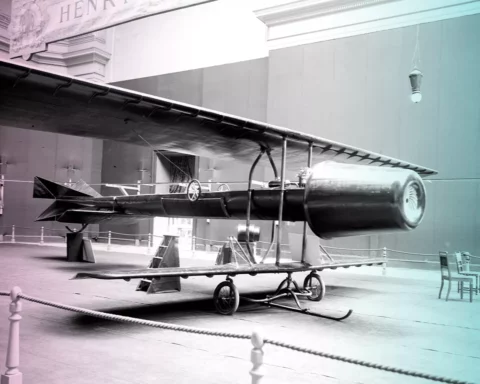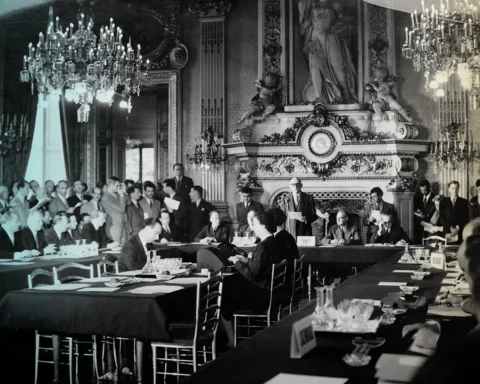Over the generally low building of Austria’s capital Vienna bright lights dance on Saturday night, with occasional screams heard if you come close enough. It’s Wurstelprater. The most famous amusement park in Vienna – not to mention one of the most famous in Europe.
And no, it’s not just another product of the Disneyland era, with themes from modern pop culture and huge corporations earning staggering admission fees. Its traditions, and occasionally aesthetics have roots much deeper – as deep as the 18th century.
Prater, the Viennese leisure spot
As happens with European cities with long royal, aristocratic traditions, Vienna was full of palaces, and those came with recreational areas. By recreation, we mean perfectly manicured spots for strolls, sigh-filled reading of romantic literature in gazebos, and hunting.

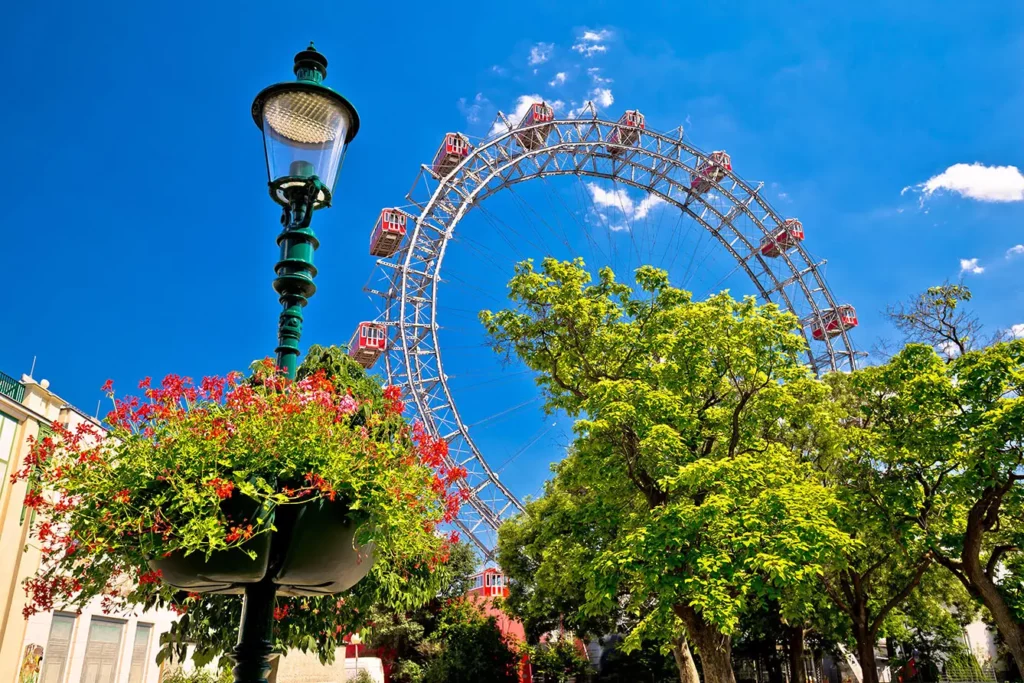

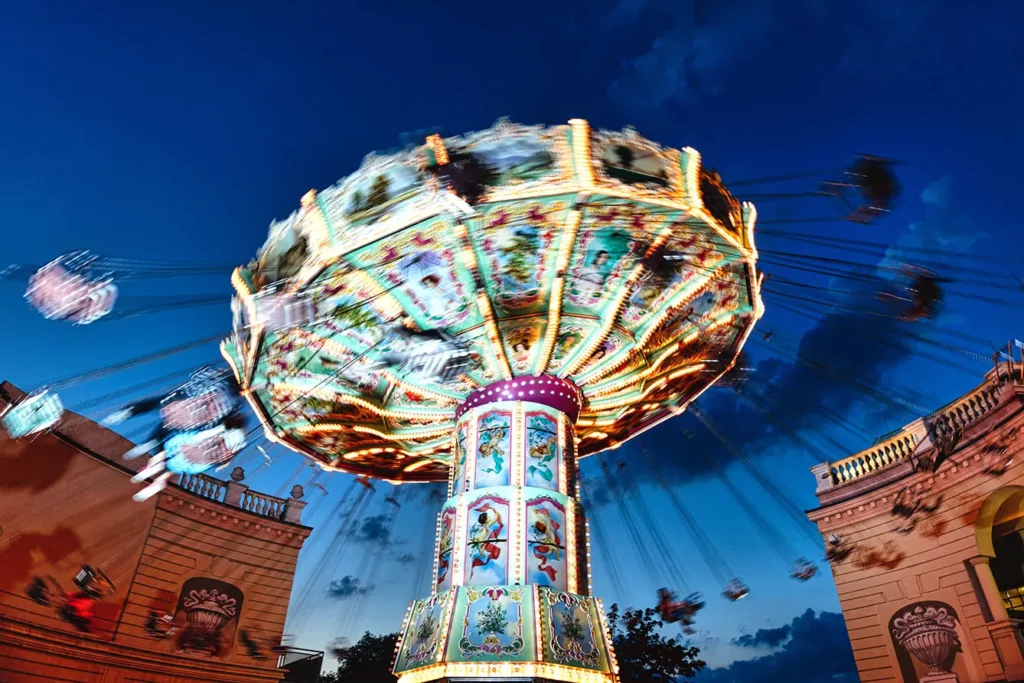
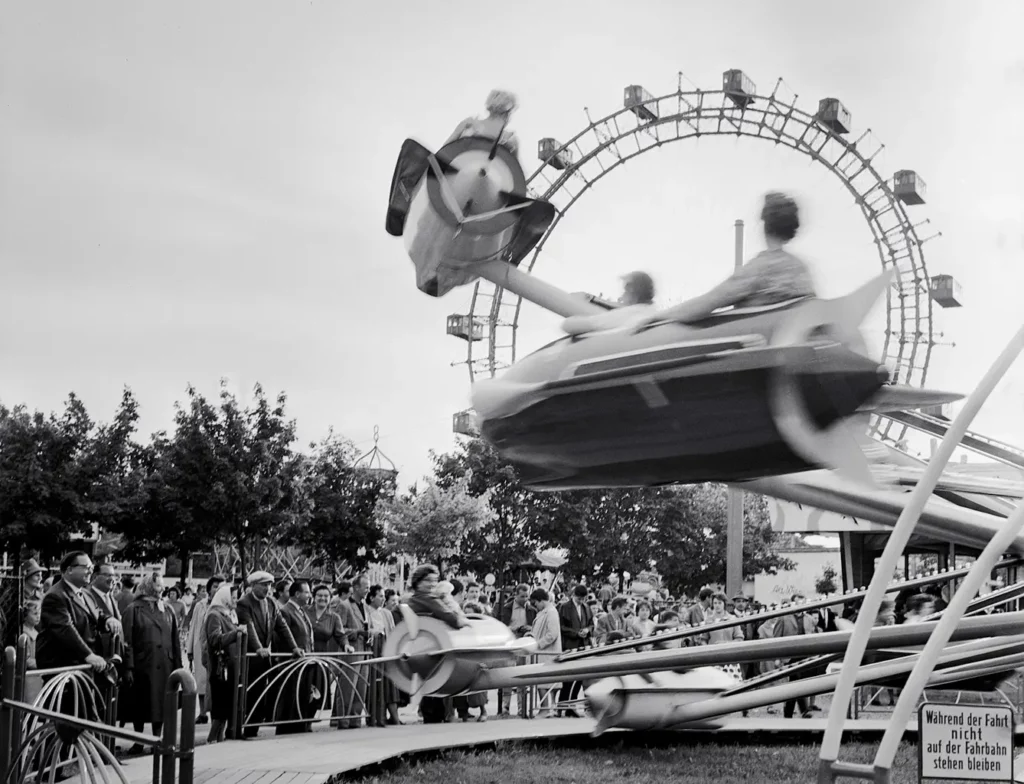
And many of such recreational facilities or green areas were converted to public areas when the time of bourgeois city life came. Such was the faith of the oldest European zoo, Viennese Tiergarten. And such was the case of the oldest city park Varosliget in another Austro-Hungarian capital, Budapest.
Both city recreational green areas were opened under the same Austro-Hungarian Emperor Joseph II Habsburg. Possibly with some anti-malaria measures in mind, but evidently open to the idea of people just enjoying strolls in nature, the Emperor opened the Prater to the public in 1766.
Viennese people, experts in enjoying city life (they also invented coffee houses!), took this opportunity seriously. The middle of the newly created park was soon filled with snacks and early forms of street foods, bowling alleys, stalls, and more facilities. In the middle of Prater, Wurstelprater began to form.
Prater’s saint patron? Johnny the Sausage
Why Wurst, then? Being part of Prater – the green field itself – the amusement park was named after a comedy character, Hanswurst, or Johnny the Sausage. Known as Wurstel in the Austrian variant of German, the character was popular in folk theater plays in early modern German-speaking countries as a kind of trickster and generally funny gnome.
The palette of available attractions has been expanding ever since, as, at the end of the 19th century, the amusement park was established and called “Venice in Vienna.” In 1897, perhaps the biggest of them all was opened. The Reisenrad, a 65-meter-tall Ferris wheel, remains a symbol of Prater, Wurstelprater, and perhaps Vienna itself. This was part of a specific Ferris wheel craze – with the original in Chicago and later the Great Wheel in England and Grande Roue de Paris.
In a way, the Reisenrad Viennese Ferris wheel sealed the fate of Wurstelprater as an amusement park. Now it also features a high carousel (hence the screams of scared visitors), but also the usual: bumper cars, shooting ranges, roller coasters, and more. You can expect a snack and a decent meal from a few famous Viennese restaurants.
The amusement in itself
And the best part? (well, one of…) It’s free to enter. Because unlike the Disneylands of the world, the Wurstelprater remains a public area, and each attraction operates independently, sometimes run by its owners for generations. Prater visitors are welcome by Calafati, a nine-meter-tall Chinese man, but also scared at later points by different monsters and ghosts.
Don’t be scared, though – not of those monsters or the terrified passengers riding the carousels and roller coasters. Wurstelprater definitely puts the “amusement” in “amusement park” and already has done for centuries.




